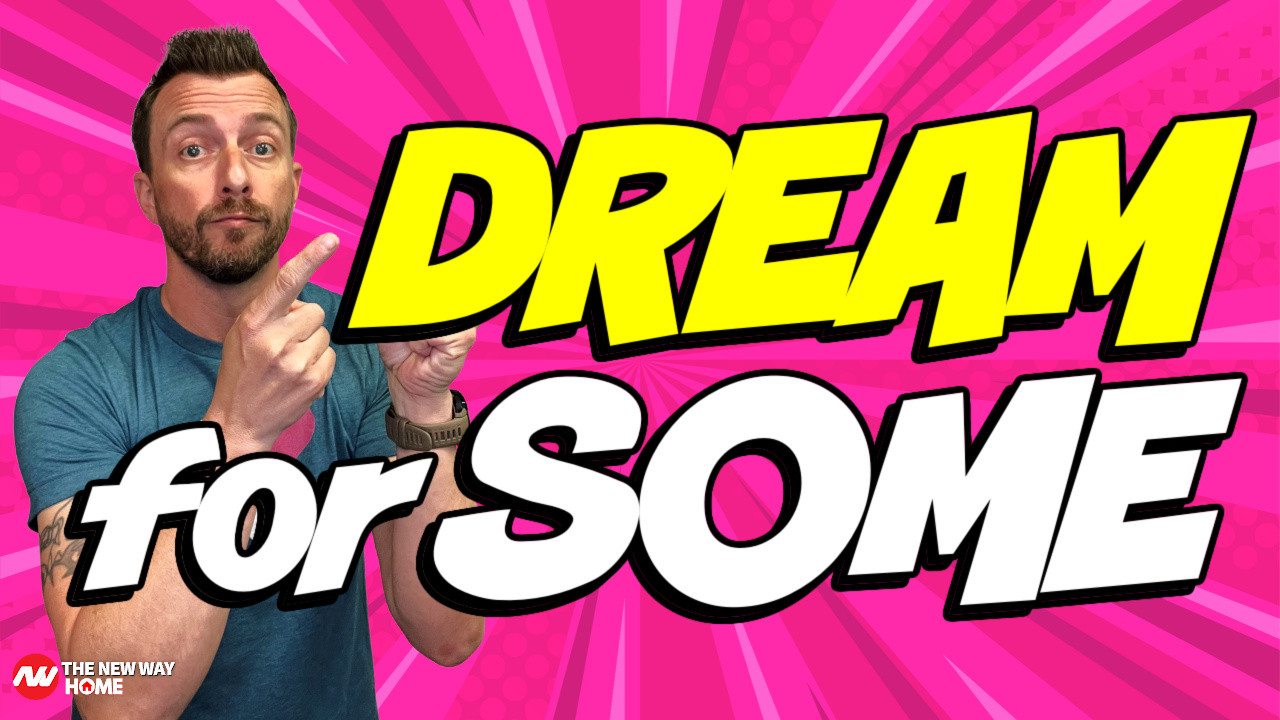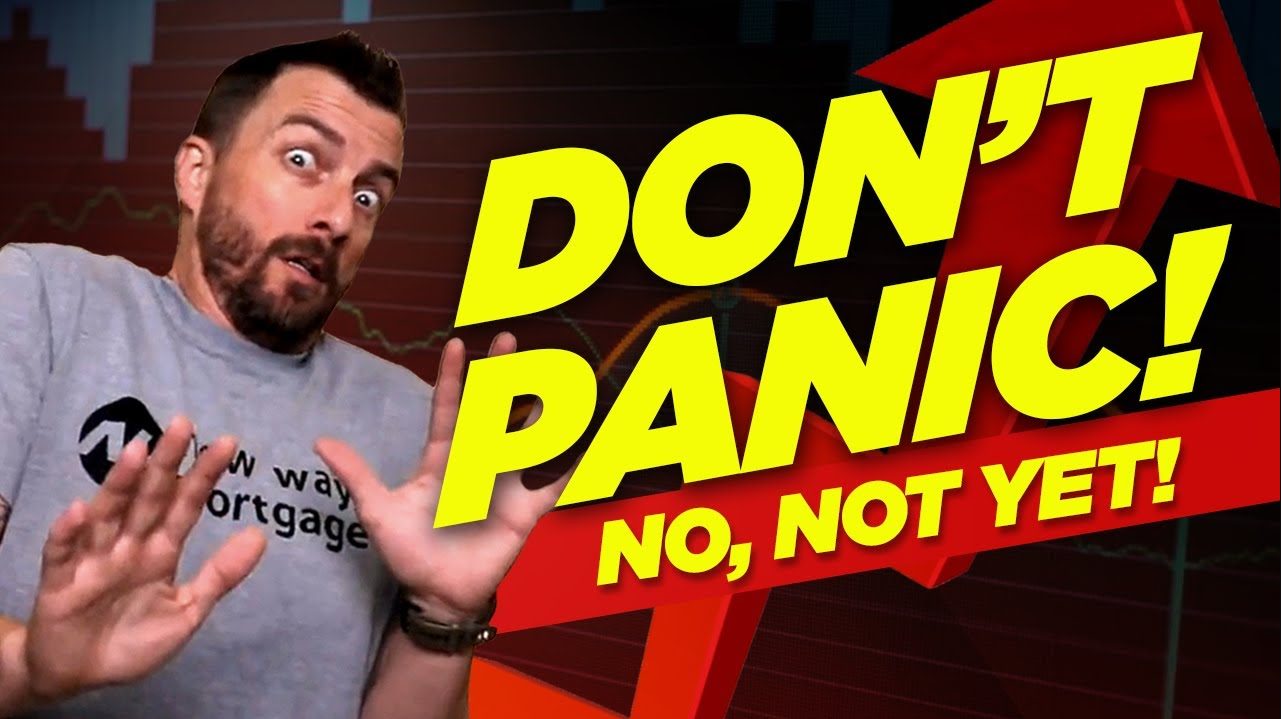How to Buy a Home with No Money Down
If you want to buy a home but don’t have the cash on hand for a down payment, a down payment assistance (DPA) program may help. As of 2022, more than 2,000 DPA programs were offered through local, state, and national agencies that give grants and loans to help homebuyers cover their down payments. Some even pay for closing costs, too.
Read on to learn how down payment assistance can help buyers purchase a house with no money out of pocket for their down payment. Also, explore the types of assistance programs offered and how to buy a home with no money down at all by pairing a DPA program with seller concessions.
What Is Down Payment Assistance?
Down payment assistance is money offered to qualified homebuyers to help them cover the upfront cash required by a mortgage lender when they buy a home. These funds mostly come from federal, state, and nonprofit housing agencies in the form of grants or loans with a low interest rate or no interest at all.
What Is the Difference Between a Loan and a Grant?
The difference between a DPA grant and a DPA loan is that with a grant, the money is given as a gift and does not need to be repaid.
However, some no-interest DPA loans are forgivable after a specific period, which means the funds do not have to be repaid as long as the borrower still owns and lives in the home after a specified number of years.
If it’s a no-interest deferred loan, then terms and conditions vary, but generally no payments are due until the home is sold or until the mortgage is refinanced or reaches the end of its term.
Low-interest down payment loans are repaid over time but still help homebuyers significantly. They let buyers spread out their down payment over several years, instead of spending years saving to pay it upfront at the time of purchase.
Who Qualifies for Down Payment Assistance?
Each DPA program differs in various ways, but as most programs are offered on the local and state levels, the criteria to qualify depends on where you live and what programs are accessible.
These are some typical guidelines for down payment assistance programs:
- You must be a first-time homebuyer (or haven’t owned a home in the past three years).
- As most programs are targeted toward low to moderate income buyers, your household income needs to fall within the program’s income limit.
- The home meets the local purchase price limit.
- The home will be your primary residence.
- The property is in an approved location.
- The grant or loan is used with an approved mortgage program, and you are working with an approved mortgage lender.
Many programs also require you to complete a homebuyer education course.
List of Down Payment Assistance Programs
Below is a small sampling of the DPA programs offered at the local, state, and national levels.
Local and regional DPA programs
Through its Community Homeownership Initiative, the Sacramento Housing and Redevelopment Agency (SHRA) offers grants up to $22,000 for down payment and closing cost assistance to qualified buyers in targeted areas.
SHRA also offers a Permanent Local Housing Allocation (PLHA) First-Time Homebuyer Mortgage Assistance Program, a deferred loan combined with an FHA loan, conventional mortgage, or CalHFA loan. It comes with a very low 1% interest rate, and you can borrow up to 20% of the home price (up to $50,000) to help with your down payment.
California DPA programs
California Housing Finance Agency (CalHFA) offers options for down payment and closing cost assistance as a second or subordinate loan, meaning that payments are deferred until your home is sold, refinanced, or paid in full.
CalHFA DPA options include the MyHome Assistance Program in conjunction with a CalFHA FHA loan or a conventional mortgage, with slightly different requirements for each.
The Forgivable Equity Builder Loan gives first-time homebuyers a head start with immediate equity in their homes via a loan that is forgivable if the borrower lives in the home as their primary residence for five years. This can be used only with a CalHFA first mortgage.
The Golden State Finance Authority (GSFA) offers DPA programs with down payment and/or closing cost assistance up to 7% of the loan amount, specifically for borrowers purchasing or refinancing a primary residence in California. There is no first-time buyer requirement, and you can choose from the GSFA Platinum DPA Program, GSFA Member County “Assist-to-Own” DPA, or GSFA OpenDoors DPA Program.
National DPA programs
The National Homebuyers Fund’s DPA program offers assistance up to 5% of the mortgage loan amount for a primary residence purchase or refinance. Funds can be used toward a down payment and/or closing costs. There is no first-time buyer requirement, and income limits are higher than other DPA programs.
The Homeownership Council of America (HCA) offers multiple national DPA programs. Their BIPOC Donor Restricted Fund provides down payment assistance for Black, Indigenous & People of Color (BIPOC) first-time homebuyers as a loan up to 3% of the purchase price, forgivable after five years of ownership.
The LMI Donor Restricted Fund is targeted toward low to moderate income buyers and also a loan up to 3% of the home price and forgivable after five years of ownership.
The HCA Equity DPA provides BIPOC and low to moderate income buyers with the 3% down payment requirement for a conventional first mortgage and can also be used to cover closing costs.
DPA + Seller Concessions = No Money Down
While some down payment assistance programs may cover closing costs, others do not. So even if your down payment is covered through a DPA grant or loan, you will still need to pay closing costs out of pocket when you buy a house.
For California home sales in 2022, total closing costs, including transfer taxes, recording fees, title insurance, lender fees, prepaids, and other fees, averaged about 0.8% of the home purchase price. (This does not include real estate agent fees, as those are the responsibility of the seller to pay.)
So if you buy a $900,000 home, you can expect to pay roughly $7,200 in estimated closing costs. Therefore, even if you qualify for a DPA program, you’d still need cash for closing costs.
How does it work to buy a house with no money out of pocket? In today’s market, it’s not uncommon for buyers to ask sellers to pay for closing costs through a seller concession.
Why would sellers be willing to do this? Well, because it can help a home sell more quickly and be cheaper for the seller to offer a concession than to lower their price.
Here are some examples of why a seller might be willing to cover some or all of the buyer’s closing costs:
- They are eager to sell the home.
- The home has been sitting on the market for longer than they would like.
- They don’t want to reduce the sales price.
There’s always room for negotiation in any real estate transaction. Even if you have some form of down payment assistance, you can ask for seller concessions to cover your closing costs, too.
If you’re looking to buy a home in the greater Sacramento area, the team at New Way Mortgage can help. We have access to down payment assistance programs and a variety of home loans with competitive mortgage rates, including conventional loans, jumbo financing programs, FHA loans, VA loans, and USDA loans.
Call us at 916-465-6639 and let us match you with the DPA program and mortgage that makes the most sense for your homebuying situation.




